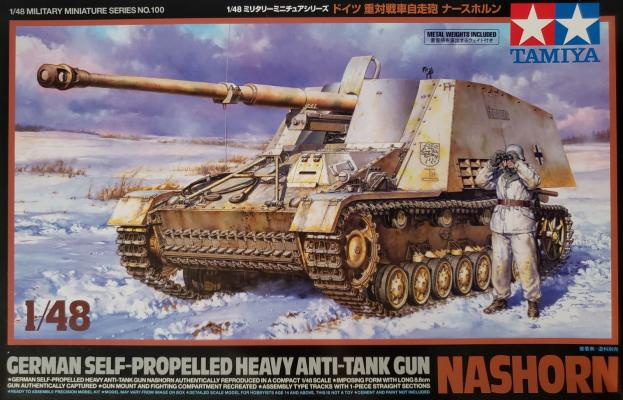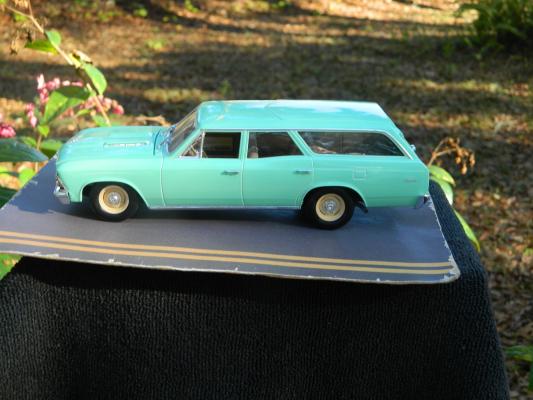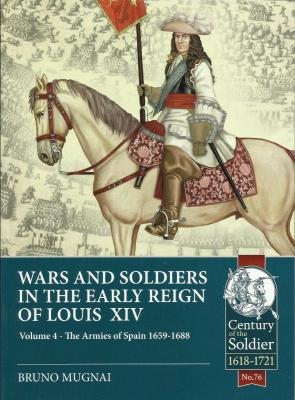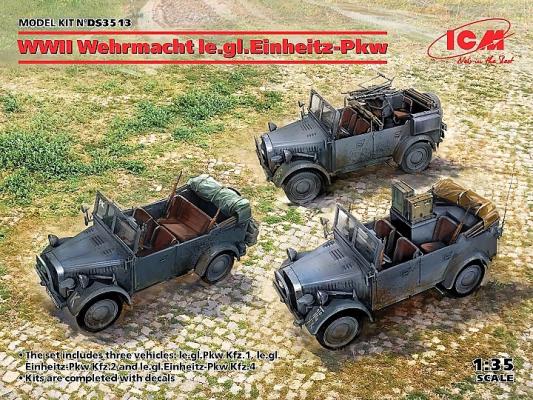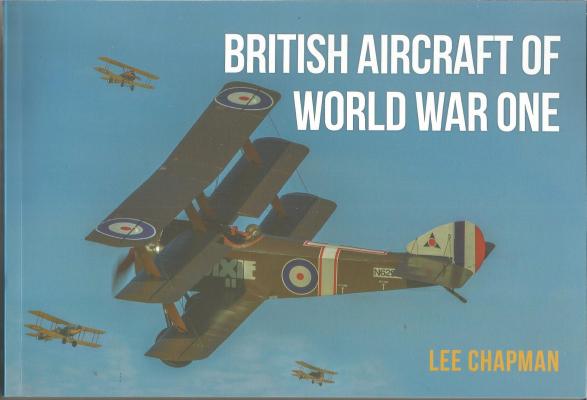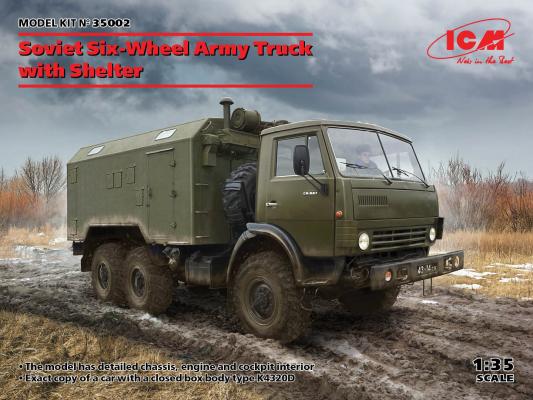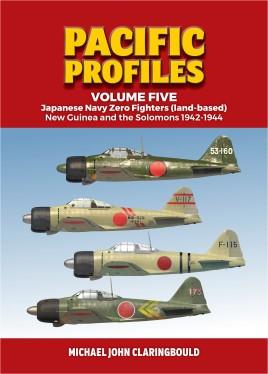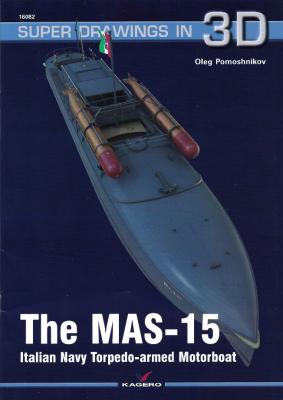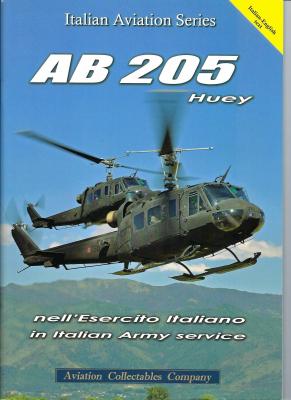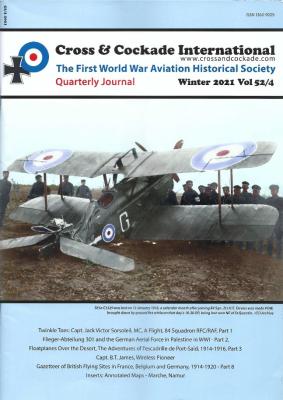Tamiya’s line of 1/48 armor kits continues to grow, and I for one am thankful. This is kit number 100 in the series, and it comes in their usual black trimmed box with nice artwork of a Nashorn in winter camo. For a relatively small kit, the parts count is almost 200. As one would expect, the parts are very cleanly molded and nicely detailed. The tracks are link and length, with a very realistic sag molded into the top run of tracks. There is also a nice figure included and according to the instructions he is only to be used for the winter camo scheme. Speaking of camo schemes, there are markings provided on a small decal sheet for two options – the winter scheme and a three-color vehicle in desert yellow, green and brown camo. Instructions are provided in the usual Tamiya style – black and white with clear diagrams and detailed information for any additional guidance on placement, etc.
What's New
MMP-134 Surf Green, MMP-135 Coral, MMP-136 Aracdian Blue, MMP-137 Lilac, MMP-179 Crocus yellow
Of the paints listed above, I used only the MMP-134 Surf Green on a 1966 Chevelle station wagon. Prior to painting the body was wet sanded with 2009 grit paper, washed and dried and then 2 coats of Duplicolor white primer were applied. After drying overnight, the primer was wet sanded with 2000 grit paper. After drying, a light coat of the white primer was applied.
I let everything dry over night before sending the MMP-134 Surf Green paint through the airbrush. I immediately saw that I was going to have an issue with coverage. I allowed 30 minutes between coats and after 4 coats I decided to quit. The MMP was not coving the raised portions on the fenders, hood and roof. I didn’t feel like stripping the paint off so I just covered everything with Nason 2-part clear and was done.
By the middle of the 17th century Spain held the largest empire the world had ever known – with territory spanning most of the New World to Italy and beyond. And yet, in an all-to-familiar tale, the enormous expense of maintaining such a long reach was prohibitive, and was quickly bankrupting the country. In addition, wealth was becoming concentrated into fewer and fewer hands, with nobility in one guise or another owning roughly 95% of all land in Spain. The monarchy was so strapped for funds that less than 20% of all taxes actually made it into the national treasury, most going to banks for loan debt, further enriching the elite at the expense of the nation.
From Wikipedia: “Einheits-PKW der Wehrmacht-literally:standardized military (passenger) cars was the Nazi German plan for a new, multi-purpose fleet of four-wheel drive, off-road capable and light trucks, based on just three uniform chassis, specifically designed and built for the Wehrmacht, formulated in 1934, and built from 1936 to 1943.
The new, standardized military vehicles were intended to replace the diverse fleet of two-wheel drive, militarized civilian vehicles, previously procured by the Reichswehr, predecessor of the Wehrmacht – with new cross-country mobile vehicles up to military requirements, that should simplify logistics, maintenance and training, by the use of standardized components.
The title of this publication is, “British Aircraft of World War One: A Photographic Guide to Modern Survivors, Replicas, and Reproductions".
It is, indeed, a photographic guide. Every page of the 128 pages in the book contains at least one photograph. Some of the images are of aircraft that date back to World War I, those being the Survivors. Also covered in text and photographs are replica aircraft and reproductions. In the “Author’s Note, definitions of these three types of aircraft are provided. In short, original aircraft are those which contain a “significant number” of original parts, although much of the aircraft may have been restored. “Reproductions” are defined as newly build aircraft which were constructed using similar materials and building methods. A replica appears to be an original aircraft but on closer inspection has parts and gear that are fairly modern, and certainly not original.
Brief History
The most common all-wheel drive 6-wheel truck in the Soviet Army during the 1980s had a diesel engine and a cab-over-engine layout. Its serial production began in 1981 at a plant in Naberezhnye Chelny. The vehicle was distinguished by its high reliability and off-road capability. The basic model was intended, first of all, for the transportation of personnel or cargo up to 6 tons.
Since the mid-1980s, this truck for some time was the main transport base of the Soviet Army and the main middle-class vehicle for the installation of various types and purposes of superstructures. Variants with KUNGs are widespread – closed box bodies for the installation of special equipment and the transportation of personnel. One of these body types was the K4320D variant.
About the Author
Michael John Claringbould was raised in Papua New Guinea, where he developed his fascination for the Pacific air war. During a career in the Australian foreign service he undertook postings across Oceania and the Pacific. He is author of three books on the USAAF Fifth Air Force: The Forgotten Fifth, Forty of the Fifth, and Black Sunday, and co-author of Eagles of the Southern Sky, a history of the Tainan Kaigun Kokutai in New Guinea, and The Roarin 20s, a unit history of the USAAF 312th Bombardment Group. Michael is also an associate editor of the historical aviation magazine Flightpath, to which he has been contributing articles for 18 years. He now lives in Australia.
Based in Central Europe, Kagero Publishing House is the biggest publisher and exporter of English-written publications about military history, releasing nearly 60 titles every year. Founded by Damian Majsak in 1995, Kagero expanded in 1998 to release new publications in English. Illustrator Waldemar Góralski is one of many Kagero contributors, and has authored over twenty five publications.
This latest title from Italian Aviation Series, AB 205 Huey in Italian Army Service, comes in a paperback book with high quality paper on 64 pages. There are plenty of pictures, over 140, and full color profiles that we’ll surely keep modelers entertained. The text is Italian and English and the English reads very well. The thing that really makes this book stand out is the color photos. All are crystal clear and show some great marking options.
Cross & Cockade International is a non-profit UK based group known as the First World War Aviation Historical Society that publishes their journal four times a year. They also provide a free newsletter (sign up on their website) and occasionally publish WWI themed books like the Sopwith Dolphin monograph I reviewed earlier for IPMS USA. This Journal is the sister of the US Journal, Over The Front.

